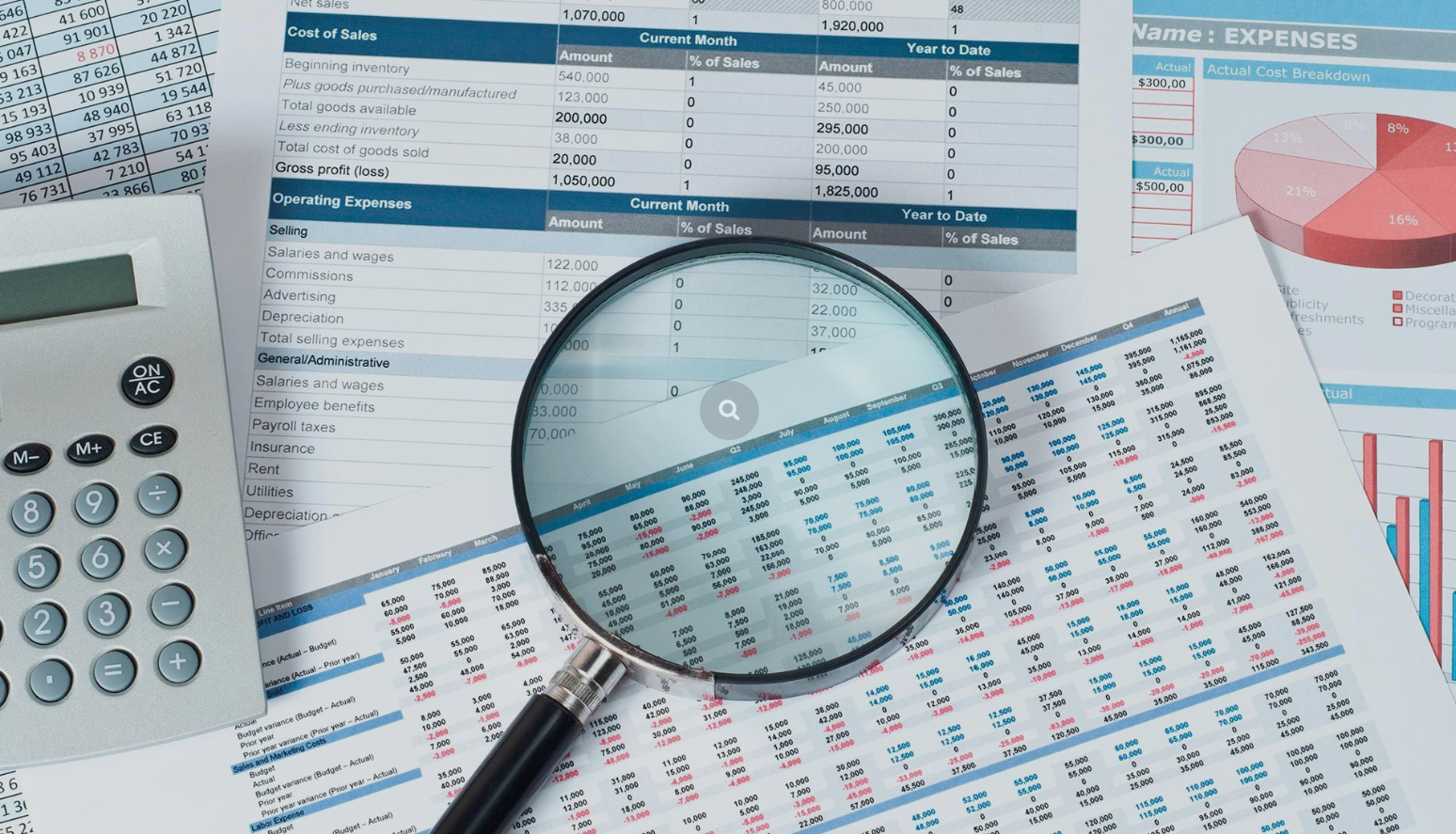
Financial performance is a major concern of all organizations, whether youíre a commercial, packaging, digital,
large format, or in-plant printing operation. Here are 10 ways you can improve the financial performance of your organization.
1. Improve Administrative Processes
Implement lean principles in your administrative areas to eliminate unnecessary and redundant non-value-added activities, steps, and handoffs in your sales, estimating, order entry, purchasing, invoicing, and accounting workflow. Put a team together
to define the steps required to get jobs through your administrative processes and design a more efficient "Lean" workflow.
2. Implement Industry Best Practices
Best practices are proven methods in which printing organizations have achieved top performance and serve as goals for other companies that are striving for excellence. Why reinvent the wheel? Improve your financial performance by adapting these accepted
best practices to your specific needs.
3. Speed Up Throughput And Delivery
Write up orders accurately and effectively, and then use the quickest means available to produce and deliver products to customers. Unnecessary delays can add days or weeks to customer payments. You must pay out considerable costs in paper, wages, and
other expenses to produce orders, so you want to get reimbursed as soon as possible.
4. Leverage Technology
The proper use of technology will improve the synergy of your organization and help it run more efficiently and effectively. An integrated management information system (MIS) like Avanti, EFI Monarch, EPMS, ePace, Radius, or Printers Software is a critical
tool for managing and operating a financially sound printing organization. A typical MIS incudes estimating, order entry, inventory management, shop floor data collection, scheduling, job costing, and accounting. Implementing an ecommerce solution can
eliminate time and costs associated with processing orders, speed your order to cash cycle, minimize inventory, and enhance relationships among customers and suppliers.
5. Keep A Tight Control On Inventory
Paper accounts for approximately 1/3 of your costs, so less cash tied up in inventory generally means better cash flow. While some suppliers offer deeper discounts on volume purchases, if inventory sits on the floor too long, it ties up money that could
be put to better use elsewhere. Implement Just-in-time (JIT) inventory practices to reduce in-process inventory. You should not have items sitting in your inventory if it can be replenished before a job goes to press.
6. Review and Reduce Expenses
Take a hard look at all of your expenses. Consider ways to decrease operating costs, but be careful not to cut costs that could impede performance or profits. Reduce production expenses by scheduling better, reconfiguring work shifts, improving job planning,
and eliminating spoilage. If you haven't already done so, implement Lean Office and Lean Manufacturing principles.
7. Know Your True Costs
Having a clear understanding of your costs is essential for producing accurate estimates, pricing orders, measuring job costs and profitability, and generating accurate accounting reports. Good job costing and shop floor data collection software can
help to make sure that all of your labor and material costs are fully accounted for and absorbed in your
estimating cost rates and pricing.
8. Invoice Customers Promptly
A customer cannot pay an invoice until they received it, so the faster you get the invoice to the customer, the faster youíll get paid. When possible, send an invoice within 1 to 2 days after the order has shipped. A best practice is to establish the
invoice amount when the order arrives and as the customer requests changes. The only exception is billable overs and shipping charges. Many companies are expediting the invoicing process by sending PDF invoices to customers using email.
9. Measure Your Performance
If you donít measure it, you canít improve it. If you donít measure it, you canít manage it. Time after time studies have found a strong correlation between a company's financial performance and effective goal setting. There are various tools for measuring
performance including Performance Benchmarks, Key Performance Indicators (KPIís), Balance Score Cards (BSC), and dashboards. Metrics can assess the health of your organizationís financial, production, cost, quality, and customer service performance.
10. Utilize Your Employees Better
The need to effectively leverage the skills of employees is critical to improving your financial performance. You may have some people that have evolved into the wrong position over time. Or employees that are overloaded with work while others do not
have enough to keep them busy. Take a close look at the skill set and workloads of your staff. Make sure employees are in the position that is best leveraging their capabilities.
By: Craig L Press
President
Profectus, Inc.
More Resources
